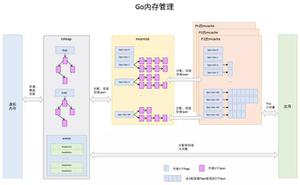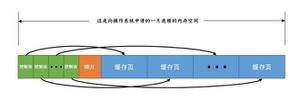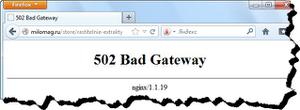Golang 中的 strings.IndexByte() 函数
IndexByte()是Golang中strings包的内置函数。此函数返回给定字符串中字符第一次出现的索引。如果找到该字符,则返回其索引,从 0 开始;否则返回“- 1 ”。
语法
func IndexByte(str string, chr byte) int
在哪里,
str - 它是原始字符串。
chr – 要在字符串中检查的字符(字节)。
示例 1
让我们考虑以下示例 -
package main输出结果import (
"fmt"
"strings"
)
func main() {
//初始化字符串
m := "IndexByte String Function"
n := "Golang IndexByte String Package"
//显示字符串
fmt.Println("第一个字符串:", m)
fmt.Println("第二个字符串:", n)
//使用 IndexByte 函数
output1 := strings.IndexByte(m, 'g')
output2 := strings.IndexByte(m, 'r')
output3 := strings.IndexByte(n, 'E')
output4 := strings.IndexByte(n, '4')
//显示 IndexByte 输出
fmt.Println("IndexByte of 'g' in the 第一个字符串:", output1)
fmt.Println("IndexByte of 'r' in the 第一个字符串:", output2)
fmt.Println("IndexByte of 'E' in the 第二个字符串:", output3)
fmt.Println("IndexByte of '4' in the 第二个字符串:", output4)
}
执行时,它将生成以下输出 -
第一个字符串: IndexByte String Function第二个字符串: Golang IndexByte String Package
IndexByte of 'g' in the 第一个字符串: 15
IndexByte of 'r' in the 第一个字符串: 12
IndexByte of 'E' in the 第二个字符串: -1
IndexByte of '4' in the 第二个字符串: -1
示例 2
让我们再举一个例子 -
package main输出结果import (
"fmt"
"strings"
)
func main() {
//定义变量
var s string
var cbyte byte
var result int
//初始化字符串
s = "IndexByte String Function"
cbyte = 'B'
//显示输入字符串
fmt.Println("给定字符串:", s)
//使用 IndexByte 函数
result = strings.IndexByte(s, cbyte)
//IndexByte 的输出
fmt.Println("IndexByte of 'B' in the 给定字符串:", result)
}
它将生成以下输出 -
给定字符串: IndexByte String FunctionIndexByte of 'B' in the 给定字符串: 5
以上是 Golang 中的 strings.IndexByte() 函数 的全部内容, 来源链接: utcz.com/z/297370.html






